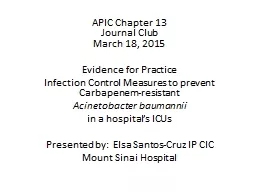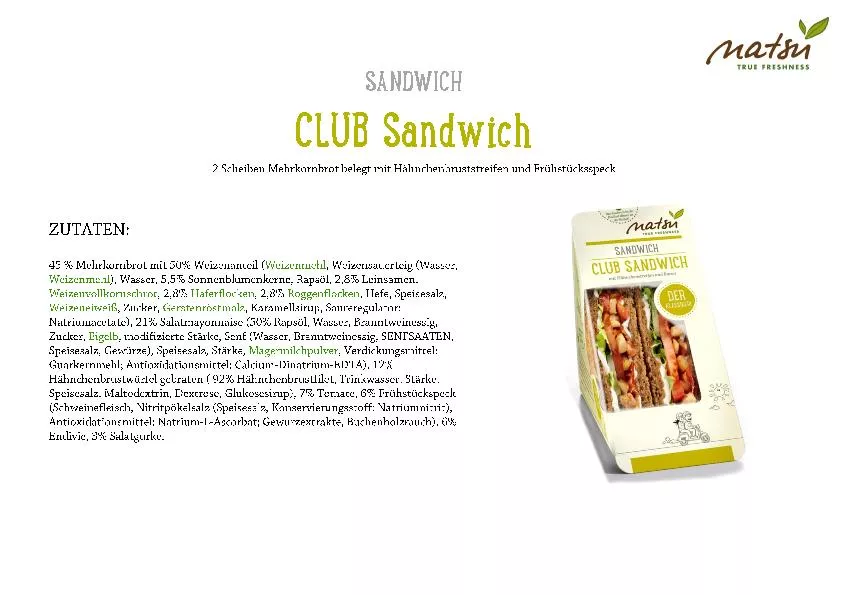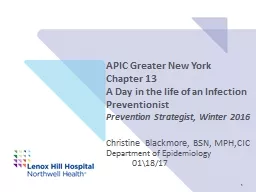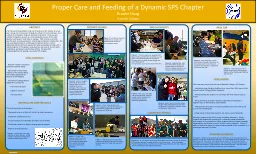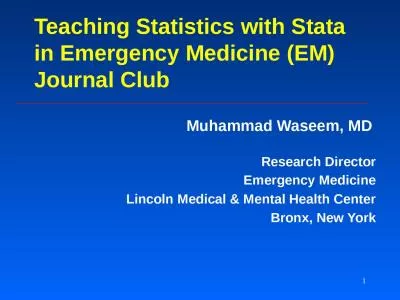PPT-APIC Chapter 13 Journal Club
Author : slygrat | Published Date : 2020-06-26
March 18 2015 Evidence for Practice Infection Control Measures to prevent Carbapenemresistant Acinetobacter baumannii in a hospitals ICUs Presented by Elsa
Presentation Embed Code
Download Presentation
Download Presentation The PPT/PDF document "APIC Chapter 13 Journal Club" is the property of its rightful owner. Permission is granted to download and print the materials on this website for personal, non-commercial use only, and to display it on your personal computer provided you do not modify the materials and that you retain all copyright notices contained in the materials. By downloading content from our website, you accept the terms of this agreement.
APIC Chapter 13 Journal Club: Transcript
Download Rules Of Document
"APIC Chapter 13 Journal Club"The content belongs to its owner. You may download and print it for personal use, without modification, and keep all copyright notices. By downloading, you agree to these terms.
Related Documents

